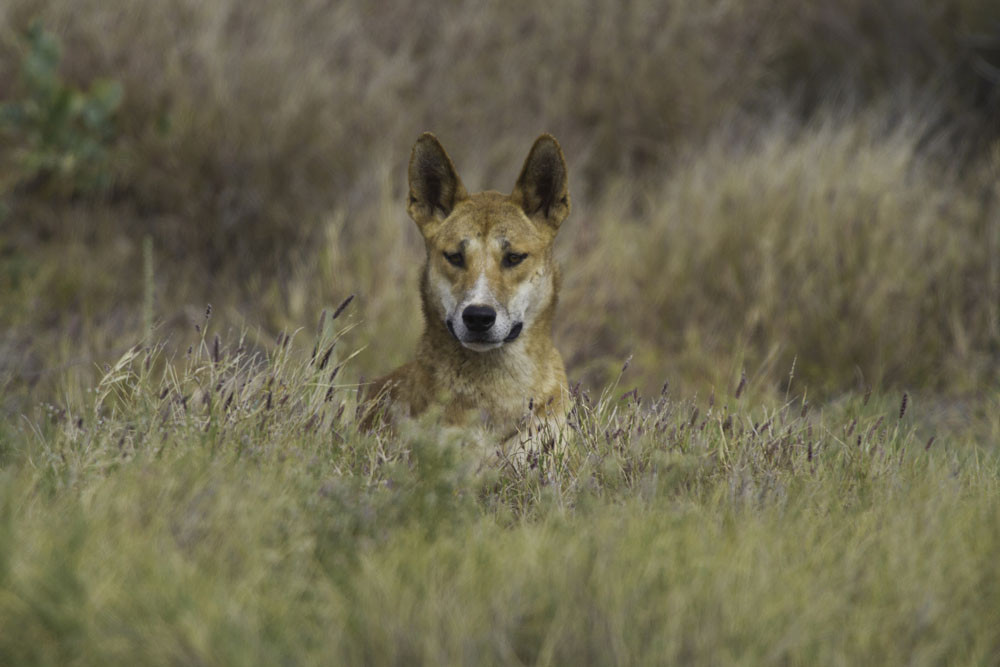Community
5 March, 2025
Dingoes are ‘not wild dogs’
CASSOWARY Coast Regional Council is considering a move to ban the term ‘wild dog’ as a description for dingoes.

The council has released its local area biosecurity plan identifying invasive pests and weeds threatening “our beautiful beaches, fertile farmland, and diverse ecosystems”.
They include 18 plant species and three animal species (feral pigs and cats and the Indian myna).
While most of the ‘pests’ come under the control of the council, it has flicked wild dogs to an Aboriginal corporation, the Panama TR4 to the Australian Banana Growers Council, while tilapia is considered too widespread to control, despite the council hosting a popular fishing competition each year to “raise awareness of the pest”.
In the plan, Girringun Aboriginal Corporation chief executive officer Whitney Rassip said since it initiated and hosted the National Inaugural First Nations Dingo Forum in September 2023, “there has been a stronger call to all levels of governments to look at the current peer-reviewed science and to look at the dingo through the cultural-lens of Traditional Owners to find and utilise non-lethal alternatives in future dingo management within the Cassowary Coast Regional Council area”.
“We strongly invoke the national First Nations dingo declaration and we welcome the support of CCRC for considering the removal of the term ‘wild dog’,” she said.
“It’s about best practice and how we as Aboriginal people, government, farmers, conservationists and communities can co-exist with Australia’s iconic top land apex predator – the dingo.”
The council also is considering an initiative involving tilapia.
“In southern Queensland a group is seeking a special licence for traditional owners to be able to harvest the otherwise no-take fish and convert them into fertiliser, which would then be used at a native plant nursery,” the council’s biosecurity plan said.
“Consideration may be given to a similar project being undertaken here,” it said.
The council said the plan outlined the legal obligations of landholders and land managers under the Biosecurity Act 2014, identified priority pests, and provided practical, pest-specific information to empower residents and stakeholders to maximise control efforts.
Mayor Teresa Millwood said “invasive pest animals and weeds pose a significant threat to our unique environment, biodiversity, and local industries”.
“The biosecurity plan is a vital tool for fostering cooperation across the community to address these challenges,” she said.
“By working together, we can protect our region’s way of life and ensure a sustainable future.”
For more information about the biosecurity plan visit https://bit.ly/4kdbhuc


